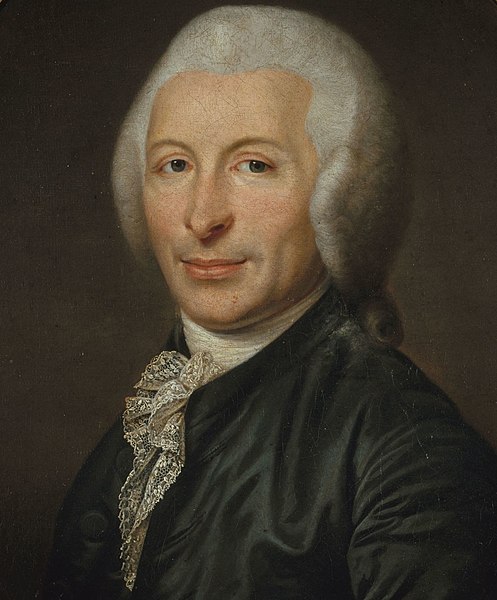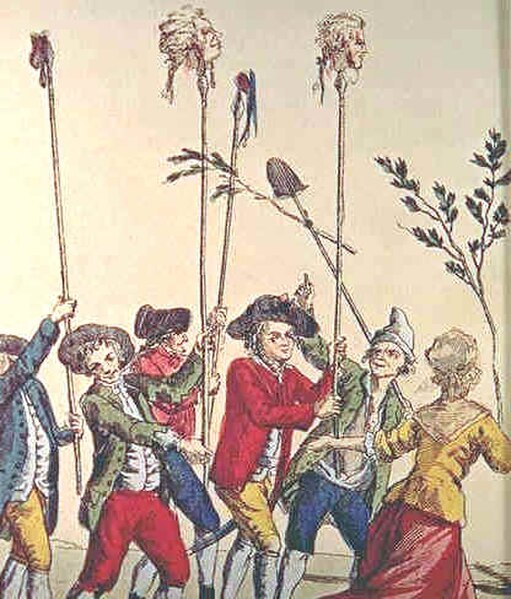A guillotine is an apparatus designed for effectively carrying out executions by beheading. The device consists of a tall, upright frame with a weighted and angled blade suspended at the top. The condemned person is secured with a pillory at the bottom of the frame, holding the position of the neck directly below the blade. The blade is then released, swiftly and forcefully decapitating the victim with a single, clean pass; the head falls into a basket or other receptacle below.
The guillotine used in Luxembourg between 1789 and 1821
A replica of the Halifax Gibbet on its original site in Halifax, West Yorkshire, in 2008
The original Maiden, introduced in 1564 and used until 1716, now on display at the National Museum of Scotland in Edinburgh
Portrait of Joseph-Ignace Guillotin after whom the guillotine was named
The Reign of Terror was a period of the French Revolution when, following the creation of the First Republic, a series of massacres and numerous public executions took place in response to revolutionary fervour, anticlerical sentiment, and accusations of treason by the Committee of Public Safety. While terror was never formally instituted as a legal policy by the Convention, it was more often employed as a concept.
Nine émigrés are executed by guillotine, 1793
Historical caricature of the Reign of Terror
Bertrand Barère by Jean-Louis Laneuville
Heads of aristocrats on pikes








